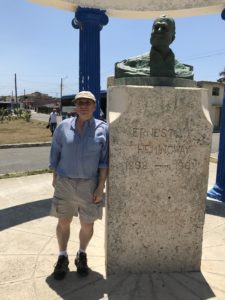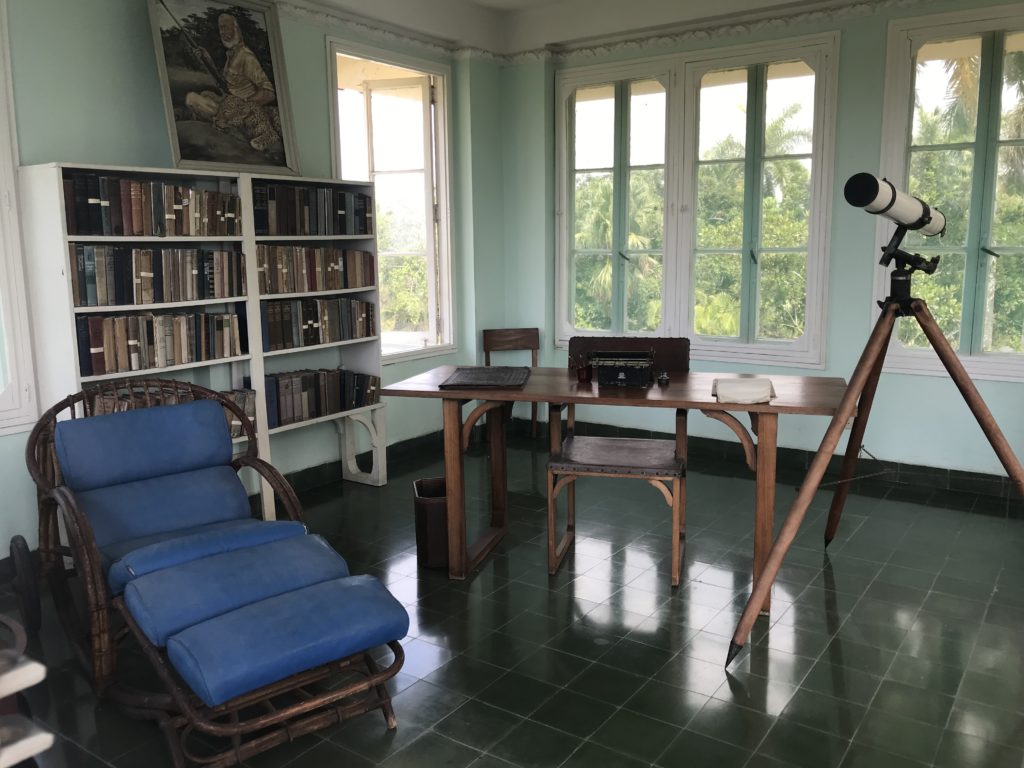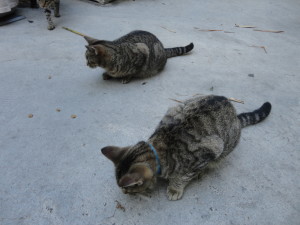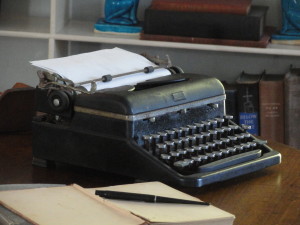 For twenty years of his life, Ernest Hemingway lived on the outskirts of Havana, Cuba. I spent some time recently visiting with the man who wrote The Old Man and the Sea. In fact, I visited the place where the real old man used to put to sea.
For twenty years of his life, Ernest Hemingway lived on the outskirts of Havana, Cuba. I spent some time recently visiting with the man who wrote The Old Man and the Sea. In fact, I visited the place where the real old man used to put to sea.
This isn’t my first visit to Hemingway’s home. A few years ago I was in Key West, Florida, where he lived prior to moving to Cuba. It turns out Hemingway was a “crazy cat lady,” favoring six-toed cats that wandered freely throughout his compound. No sign of any cats roaming today’s Hemingway farm in Havana, although he remained a cat lover and there was no shortage of stray cats and dogs on the island.
Before arriving at Finca Vigia, which means “Lookout Farm,” I stopped in Cojimar, a small town east of Havana. It was here that Gregorio Fuentes, the real life inspiration for Hemingway’s fictional character Santiago in The Old Man and the Sea, set out for his daily fishing trips. Next to a ancient castle-like structure sits a plaza and memorial bust to Hemingway, loved by Cubans as much as Americans.
Finca Vigia is aptly named. It sits on hill overlooking Havana. The airy one story home is filled with books as Hemingway never threw anything away and loved to read. Even the bathroom has bookshelves (it also has his daily weight scrawled on the wall adjacent to a professional doctor’s scale). He would entertain friends on his six acres of land, which includes forest paths and a swimming pool tucked into the woods. Today, next to the pool, sits Hemingway’s 38-foot fishing boat, Pilar (Pilar was Hemingway’s nickname for his second wife, Pauline).

Hemingway’s actual writing studio was at the top of a small tower next to the house’s back veranda. With views on all sides of Havana and the coastline, the room seems perfect for writing. Oddly, however, it seems Hemingway preferred writing in his bedroom. The beautiful tower studio was relegated to the cats.
I learned two interesting aspects of Hemingway’s personality in Cuba. While I already knew he was a big game hunter – every wall in the house has some stuffed animal head gazing down at visitors – Hemingway liked hunting animals that fought back. Big, angry animals that weren’t going to stand still waiting to get shot, and who, if you were to misfire, might kill you just as quickly as you intended to kill him. Perhaps today’s “hunters” using high powered rifles shooting placid animals held in “shooting parks” should take a note from the Pulitzer and Nobel Prize winning writer. I also learned that, besides being a “crazy cat lady,” Hemingway was a bit obsessive-compulsive. All of his hundreds (thousands) of books are ordered on the shelves by size. Not topic, order of acquisition, author. Nope. By size.
As a writer I can say it was inspirational to visit Hemingway’s homes, now two of them. Whether you like his writing or his lifestyle, every writer has to appreciate that he lived his life fully and is considered an icon in the writing world.
Now, back to writing.
David J. Kent is an avid science traveler and the author of Lincoln: The Man Who Saved America, in Barnes and Noble stores now. His previous books include Tesla: The Wizard of Electricity and Edison: The Inventor of the Modern World and two specialty e-books: Nikola Tesla: Renewable Energy Ahead of Its Time and Abraham Lincoln and Nikola Tesla: Connected by Fate.
Check out my Goodreads author page. While you’re at it, “Like” my Facebook author page for more updates!



 Not literally, of course, but as the guide informed us during our tour, Hemingway let dozens of feral cats roam his grounds freely. Many of them had six toes, a condition called polydactyly for you scientist-types out there. I recalled from my marine biology days that sailors thought polydactyl cats were good luck, or at the very least were better at catching rats. In any case, Hemingway was given a six toed cat by a ship’s captain and well, cats breed. There are currently 40-50 cats on the Hemingway property, which the guides regularly trot out for photo-ops.
Not literally, of course, but as the guide informed us during our tour, Hemingway let dozens of feral cats roam his grounds freely. Many of them had six toes, a condition called polydactyly for you scientist-types out there. I recalled from my marine biology days that sailors thought polydactyl cats were good luck, or at the very least were better at catching rats. In any case, Hemingway was given a six toed cat by a ship’s captain and well, cats breed. There are currently 40-50 cats on the Hemingway property, which the guides regularly trot out for photo-ops.








